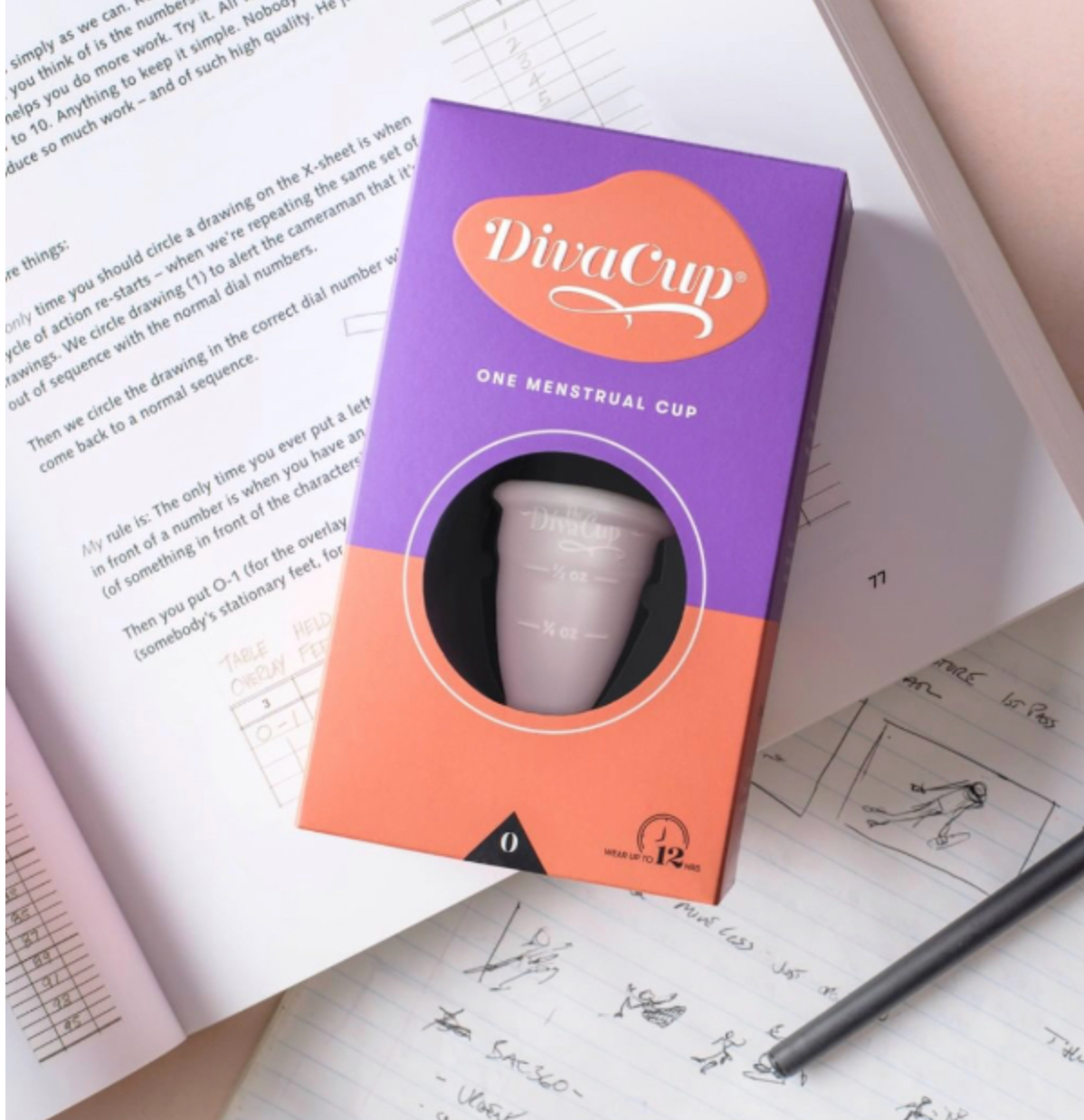Making the switch? Here’s your no-fail guide about Menstrual Cups

The road to sustainability is getting taken more and more these days as people opt to make better lifestyle decisions that benefit Mother Earth and in turn, benefits them as well.
We all know that making drastic changes to what you were used to doing is sacrificial and not often easy. One great example for women is ditching napkins and switching to a so-called period/menstrual cups. Most are curious as to how it works and others are divided, but if you round up all the waste you’re saving, you wouldn’t resist to give it a try!
A sanitary napkin takes around 500-800 years to decompose and can even end up hurting sea animals and wildlife. Imagine all of those you’ve used up in your lifetime that can definitely be reduced significantly with the use of a menstrual cup.
Here’s our no-fail guide to finding the best cup for you:
What exactly is a menstrual cup?
Healthline defines a menstrual cup as a type of reusable feminine hygiene product. It’s a small, flexible funnel-shaped cup made of rubber or silicone that you insert into your vagina to catch and collect period fluid, leading many women to use them as an eco-friendly alternative to tampons. And depending on your flow, you can wear a cup for up to 12 hours.
Why choose to use?
First of all, it doesn’t just help the environment by contributing less waste, it’s also budget-friendly! You no longer have to go on a weekly visit to the drugstore to replenish your stash for you just have to pay a one-time price for a reusable menstrual cup.
Tagos no more! It can hold more amount of blood compared to a sanitary napkin! The usual can only hold up to five to 15mL depending on the type, but a menstrual cup can hold up to 30mL of blood.
Worry less when traveling on your period because you won’t have to pack bulky packs of pads anymore! All you have to bring is your cup stored in its respective holder and you’re good to go!
What to buy?
Well, it depends. We all have varying sizes and we’re sure there’s a match for you. There are just a few things to consider when searching for your cup: heaviness of your flow, your age, your cervix position, and if you’ve given birth.
- There are various sizes depending on your flow. If you usually have a heavier flow, it’s definitely safer to get the bigger cups, and smaller if you are one of the regular ones.
- When it comes to age, smaller cups are recommended if you’re at the beginning of your menstrual journey and slowly transition to bigger cups as you grow older.
- If you have a low cervix, then you need a smaller or shorter cup and if you have a high cervix then most cups are possible for you to use. For lower cervixes, then opt for either a short or v-shaped cup. In this part, you’ll want to consult your gynecologist to be sure.
- If you’ve already given birth, then you probably need a bigger cup due to infirm pelvic floor muscles.
The variants
Soft or Firm Cup
Soft cups are perfect for those who have sensitive vagina muscles. If you’re more on the athletic side, then opt for the firm cup that is built to avoid leakage and discomfort.
Menstrual cups may also come with handle grips for those who wish to have easy removals.
When purchasing, always ask the seller if it’s approved by the Food and Drug Administration (FDA) for safety. You wouldn’t want to infect your private area, right? Might we add, there are also cruelty-free or even vegan brands that offer cups in various materials and medical-grade colors.
Where to find Menstrual Cups in the country?
There is a growing list of sellers here in the Philippines that promote the use of Menstrual Cups. See below:
Sinaya Cup

DivaCup

Intimina

Me Luna

OrganiCup





